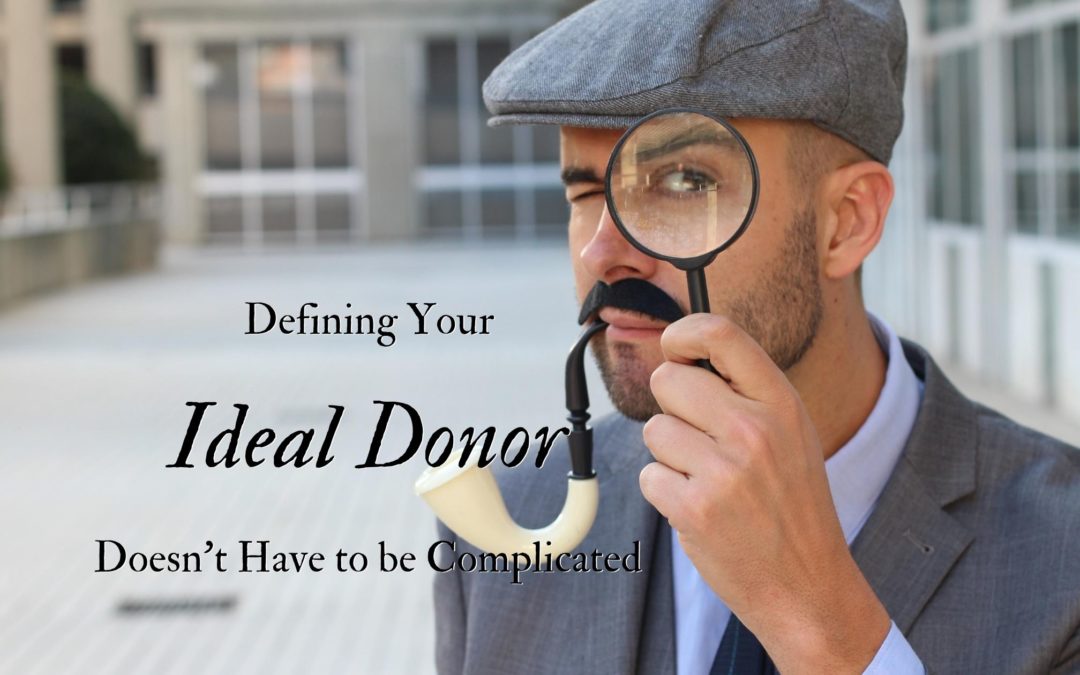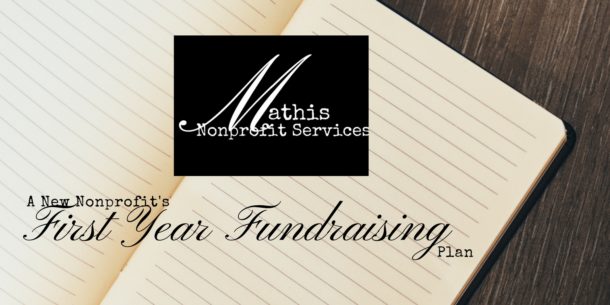I recently had a revelation about ideal donors as I was digging into the subject for Nonprofit Nation. My revelation: your ideal donor doesn’t have to be complicated. So many coaches, consultants, and others have taught a long-drawn-out process that quite frankly is daunting for any nonprofit leader. I bought into it too! I even wrote a blog post about it.
One of the values in Nonprofit Nation is purpose. Not only do we believe our purpose aligns with the cause we are working for but also everything we do in our nonprofit has a purpose that supports the larger organizational goals. Fundraising is no exception. And so I promised Nonprofit Nation members no fluff.
As I began looking at the topic of ideal donor I asked the question “ What’s the purpose of the ideal donor?”
And the purpose comes down to this:
An ideal donor’s purpose is to find where the people most likely to give are (a common place) and what messaging will resonate with them the most.
When that is the purpose of an ideal donor, the concept becomes the cornerstone of your fundraising and guides your decisions- saving time and money. The bottom line is when you take the time to create your ideal donor you get more funding.
Fundraising 101 is you start from within and work your way out. You start with you and your Board’s family and friends and work your way out. But what happens when you get through your family and friends? Using the purpose of an ideal donor allows you to no longer ask your friends and family for donations. You can move past that circle and out further in your community. Expanding your donor list brings in more funding.
Finding common places the people most likely to give to your cause will influence certain decisions. You will begin looking for Facebook groups with your ideal donor. You will begin looking for groups in your community with your ideal donor. When asked to join fairs- like health fairs- in your community, you will be able to judge if it’s worth the time, expense, and effort by asking who the fair is targeting. If it’s your ideal donor, then go for it. If not, you can say no without fearing you are missing out. Your ideal donor will also dictate the social channel you will be on because you want to reach your ideal donor.
Your messaging will also be dictated by who your ideal donor is. Writing fundraising letters, copy for your website, donation pages, emails, and all your donor communications become easier to write. You will concentrate on communicating with one person using their language and experiences. It also becomes easier because you can cater the event to what your ideal donor likes to participate in. Next time you take a look at a long drawn-out ideal donor profile you don’t have to be overwhelmed. Remember the purpose of the ideal donor and start slashing those things that don’t fit the purpose.
Join us in the Facebook group Nonprofit Nation’s Fundraising Success Path where we talk about topics like this.


 Most nonprofit leaders lay awake at night trying to figure out how to fund their mission.
Hi! I'm Alesha.
I teach sustainable fundraising in a way that they can take action today so they can serve their clients.
I can help you move from just getting started funding your new nonprofit to gaining confidence in your fundraising and building relationships to knowing what works for your organization and looking at the infinite game when it comes to funding. I’ve worked with nonprofit Founders and written the book I HAVE MY 501(C)3! NOW WHAT?!? Your Blueprint to Starting Your Nonprofit Without Being the Sole Funder that lays the foundations for funding in a new nonprofit.
I’ve worked in Development (Fundraising) Departments in large organizations and I know the no cost, low-cost methods they use to bring in funding. I bring those sound strategies to the nonprofits I serve.
Most nonprofit leaders lay awake at night trying to figure out how to fund their mission.
Hi! I'm Alesha.
I teach sustainable fundraising in a way that they can take action today so they can serve their clients.
I can help you move from just getting started funding your new nonprofit to gaining confidence in your fundraising and building relationships to knowing what works for your organization and looking at the infinite game when it comes to funding. I’ve worked with nonprofit Founders and written the book I HAVE MY 501(C)3! NOW WHAT?!? Your Blueprint to Starting Your Nonprofit Without Being the Sole Funder that lays the foundations for funding in a new nonprofit.
I’ve worked in Development (Fundraising) Departments in large organizations and I know the no cost, low-cost methods they use to bring in funding. I bring those sound strategies to the nonprofits I serve.